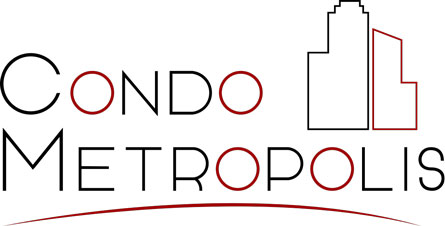-
For those of you waiting for ‘bottom’ in Orlando – ask yourself this question: how will you know when that day comes? Are you waiting for the media to tell you it’s ok to get back in the water? Or are you studying the market yourself each day, watching the numbers like a data-crazed economist; a coiled, human spring ready to pounce at a moment’s notice - proof of funds in hand?
My guess is that most folk will fall into the first category and that by the time the evidence of Orlando’s recovery is available to the masses, it will be too late to capitalize… interest rates will be on the rise again, as will house prices.
I’m not going to stick my neck out and tell you that bottom is here… your bottom is personal after all – but I will present some numbers – and let you decide for yourself. (Click on the table below for the full report.)

Perhaps the most important numbers to pay attention to are inventory and sales. We’re looking for signs that inventory is starting to shrink again instead of growing (supply), as well as signs that sales are increasing (demand).According to the January report from the Orlando Regional Realtor Association, Orlando home sales increased 17.7 % over the same period a year ago, but the median price fell 33 %.
Last month’s home sales in Lake, Orange, Osceola and Seminole counties rose 37 % from January 2008.
The Association also reported an increase of 123.6 % in pending sales, which is considered a reliable predicator of future sales activity, with 3,830 homes under contract last month. That compares with just 1,713 pending sales in January 2008.
 Inventory in the Orlando area totaled 22,613 homes last month, a 12 % drop from the 25,724 homes listed in the MLS in January 2008.
Inventory in the Orlando area totaled 22,613 homes last month, a 12 % drop from the 25,724 homes listed in the MLS in January 2008.Condo resales in the Orlando area were up 44.6 %. Orlando homebuyers also bought 84 duplexes, town homes, or villas last month, 55.6 % up from January 2008’s 54 sales.
Florida foreclosures were down nearly 22 % in January, to 10,007 from 12,786 in December. That mirrors a nationwide trend, according to the latest U.S. Foreclosure Index report from Foreclosures.com
Additional evidence that a trend change may be under way is a 12 % drop in pre-foreclosures, to 166,860 in January from 190,467 in December.
The low prices mean that Orlando’s affordability index rose to a record high 165 %. An affordability index of more than 100 % means buyers earning the state-reported median income of $52,136 make more than required to qualify for a median-priced home. That much is official – homes are affordable again. And if you want to see some really interesting numbers, see the following post – because interest rates are at historical lows – assuming you can get a mortgage at all of course, but that’s another issue.
The overall trend has been in this direction for the last couple of months. Add to this, Florida is about to receive it’s bailout dollars. Are these signs of a reversal – or just a blip in a continuing slide?
Let’s look at what the average person is saying according to our (very unscientific straw poll) which you’ll find in the sidebar to the right which asks “Has Orlando reached bottom?”
Vote first and you’ll then see the results – or just click on the ‘view results’ link. Scientific or not, the numbers are somewhat telling. 61% say bottom for Orland is 12-36 months away.
All of which brings me back to my first sentence. How will you know when the big day comes? And given the above data, (and fact that reliable data is usually a couple of months old), how can you know that we haven’t crossed over already? If your answer is something like: “I don’t, but I’m not prepared to take the risk,” then understand one thing. Real estate investment is all about risk. No risk typically equalls no return.
(407) 901-5161
Orlando Property Enterprises | All rights reserved
